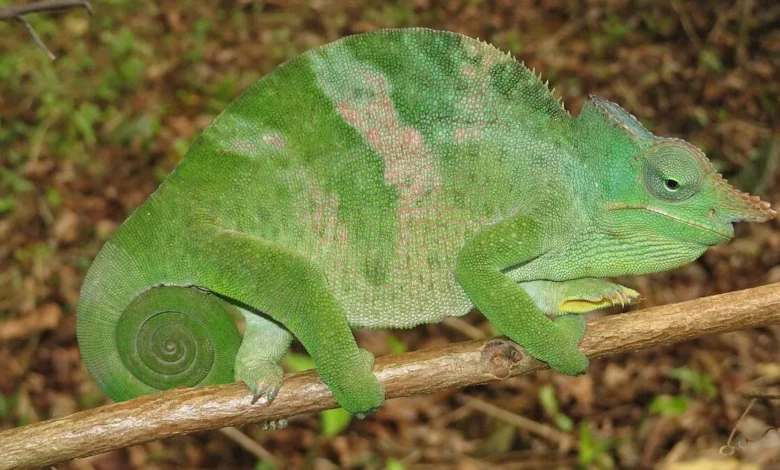Chameleónovité: The Fascinating World of Chameleons

The word chameleónovité is of Czech and Slovak origin, and it refers to the biological family of chameleons. These remarkable reptiles are renowned for their ability to change color, their independently moving eyes, and their highly specialized tongues designed for capturing prey with incredible precision. Found mostly in Africa, Madagascar, and parts of Asia, the chameleónovité family represents some of the most fascinating evolutionary adaptations in the reptile world. Studying this group offers insight into biodiversity, adaptation, and the delicate balance of ecosystems.
The Biological Classification of Chameleónovité
Chameleónovité, or the family Chamaeleonidae, belongs to the order Squamata, which includes lizards and snakes. Within this family, there are over 200 recognized species, ranging from tiny, leaf-sized pygmy chameleons to larger species that can grow over half a meter in length.
This diversity highlights the incredible evolutionary adaptability of the group. Each species has evolved specific traits suited to its environment, whether it be dense forests, arid savannas, or mountainous regions. The classification of chameleónovité reflects both their shared physical characteristics and the wide variety of ecological niches they occupy.
Unique Physical Adaptations
Perhaps the most well-known characteristic of chameleónovité is their ability to change color. While popular culture often exaggerates this ability as camouflage, in reality, color changes are more often linked to temperature regulation, communication, and emotional states. Males, for example, may display bright colors to assert dominance or attract mates, while darker shades may help absorb heat.
Beyond color, their eyes are another marvel—each can move independently, giving them a 360-degree field of vision and allowing them to spot prey or predators from remarkable distances. Their zygodactylous feet, with two toes pointing forward and two backward, provide a firm grip on branches, while their prehensile tails act like a fifth limb, offering additional balance and stability.
Hunting and Feeding Behavior
Chameleónovité species are primarily insectivorous, feeding on crickets, grasshoppers, and other small insects, although larger species may also eat small birds and reptiles. Their hunting technique is one of the most specialized in the animal kingdom. They possess long, sticky tongues that can extend rapidly—sometimes longer than their own body length—to capture prey in milliseconds.
The tongue is powered by strong muscles and supported by unique anatomical structures, making it one of the fastest and most efficient feeding mechanisms among reptiles. This adaptation ensures that chameleons can survive in habitats where prey is elusive and often scarce.
Habitat and Distribution
The majority of chameleónovité species are native to Madagascar, which is home to an extraordinary variety of chameleons, many of which are found nowhere else on Earth. Beyond Madagascar, they are distributed across sub-Saharan Africa, southern Europe, the Middle East, and parts of Asia. Their habitats vary widely, from tropical rainforests and mountain ranges to dry savannas.
Each species has adapted to its surroundings, with physical traits and behaviors that ensure survival in diverse climates. For example, smaller, more camouflaged species thrive in dense undergrowth, while larger, brightly colored chameleons may dominate open, sunlit areas.
Reproduction and Life Cycle
Chameleónovité species reproduce sexually, and many exhibit striking courtship behaviors. Males often engage in visual displays of color to attract females or deter rivals. Some species are oviparous, laying eggs in the soil or hidden in vegetation, while others are ovoviviparous, giving birth to live young after the eggs hatch internally.
The reproductive strategies of chameleons are as diverse as their physical forms, and survival rates of offspring are often low due to predation. However, their high reproductive output ensures the continuation of populations even in challenging environments.
Conservation Status and Threats
While chameleónovité are admired for their unique traits, many species face threats due to habitat destruction, climate change, and the illegal pet trade. Deforestation in Madagascar, for example, has placed several species at risk of extinction. Over-collection for international markets also contributes to population declines, as chameleons are highly sought after for their exotic appearance.
Conservation efforts focus on habitat protection, sustainable trade practices, and raising awareness about the ecological importance of these reptiles. Protecting chameleónovité not only safeguards biodiversity but also preserves fragile ecosystems where they play a role as insect regulators.
Cultural and Symbolic Significance
Beyond their biological importance, chameleónovité hold symbolic meaning in many cultures. They are often associated with transformation, adaptability, and patience due to their unique characteristics. In folklore and art, chameleons are sometimes depicted as mystical creatures, embodying the idea of change and the fluidity of identity. Their distinctiveness makes them a popular subject in photography, literature, and even modern fashion, where their color-shifting ability inspires creativity and design.
Conclusion
The family chameleónovité represents one of nature’s most fascinating evolutionary marvels. From their extraordinary color-changing abilities to their precise hunting mechanisms and diverse habitats, they embody the adaptability and resilience of life on Earth.
However, they also remind us of the fragility of biodiversity, as many species face growing threats from human activity. By understanding, appreciating, and protecting chameleónovité, we not only preserve these captivating reptiles but also contribute to the greater effort of maintaining balance in the natural world.




